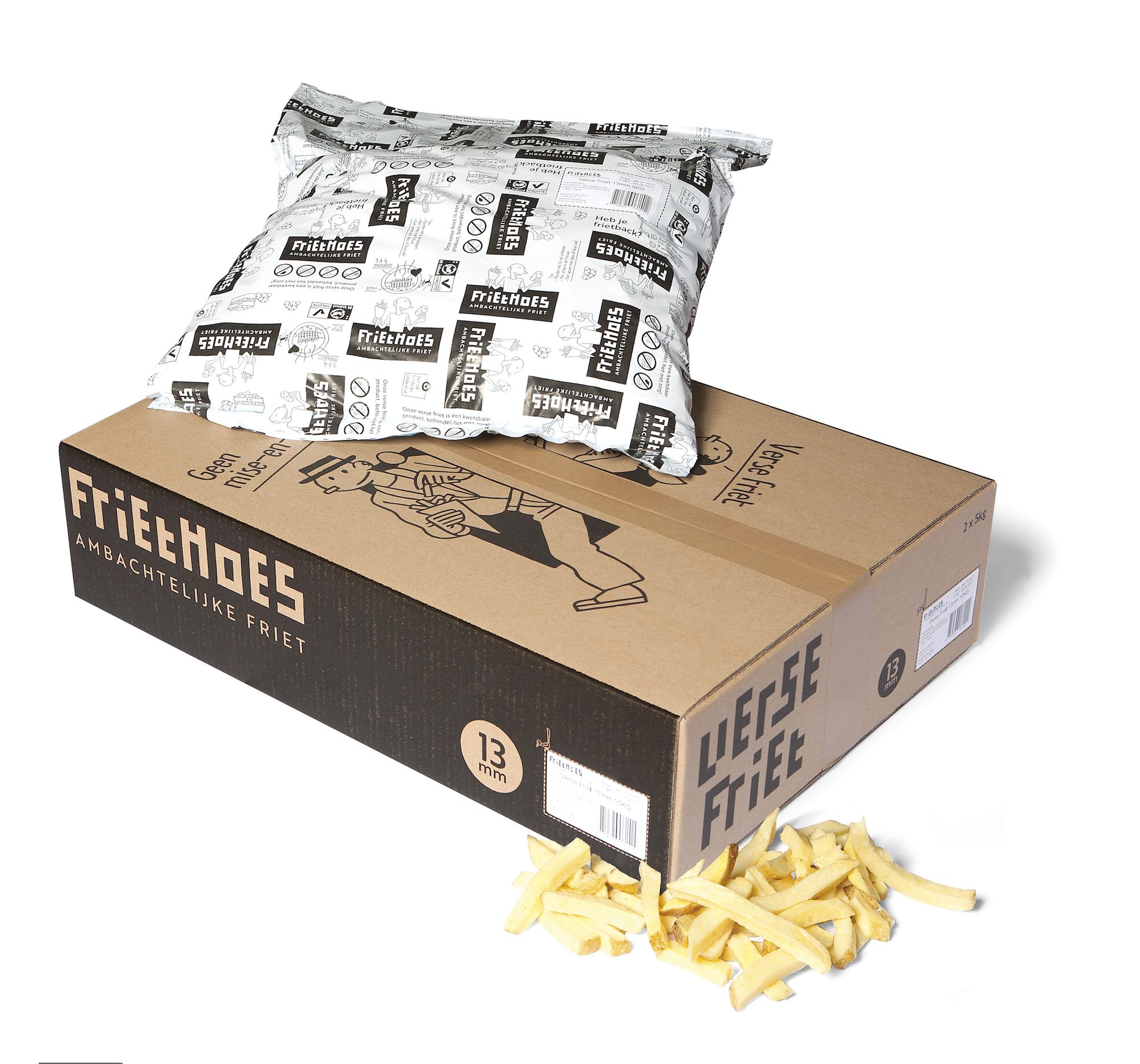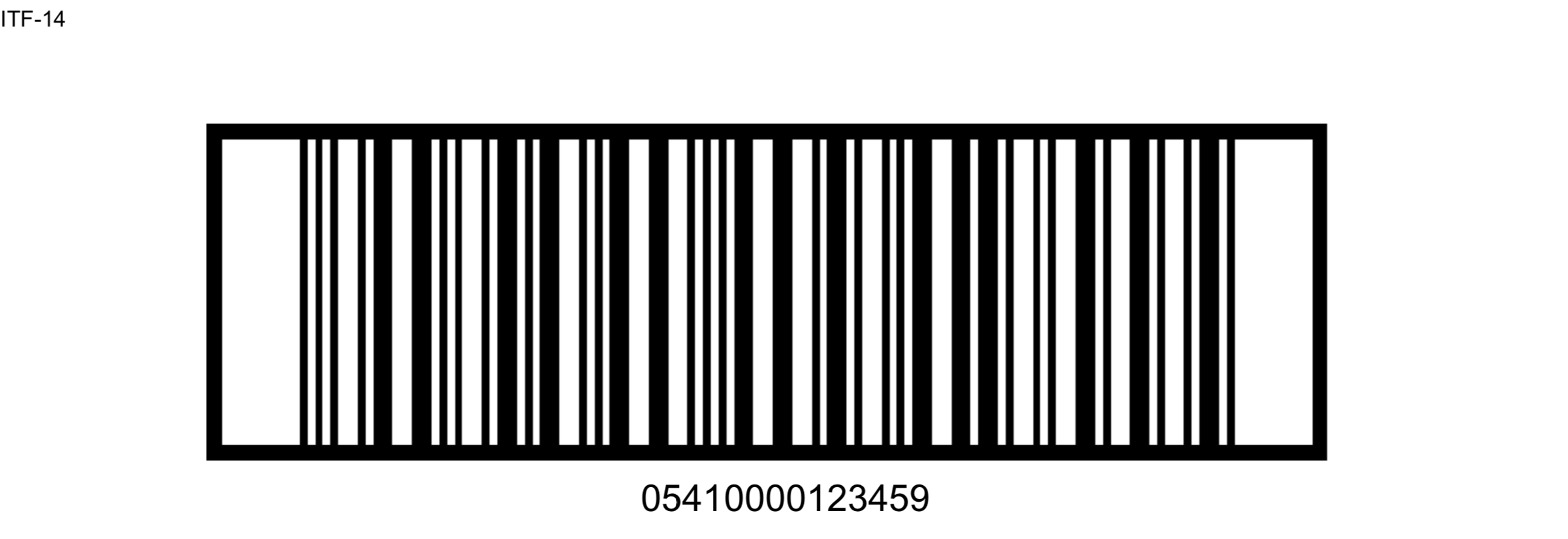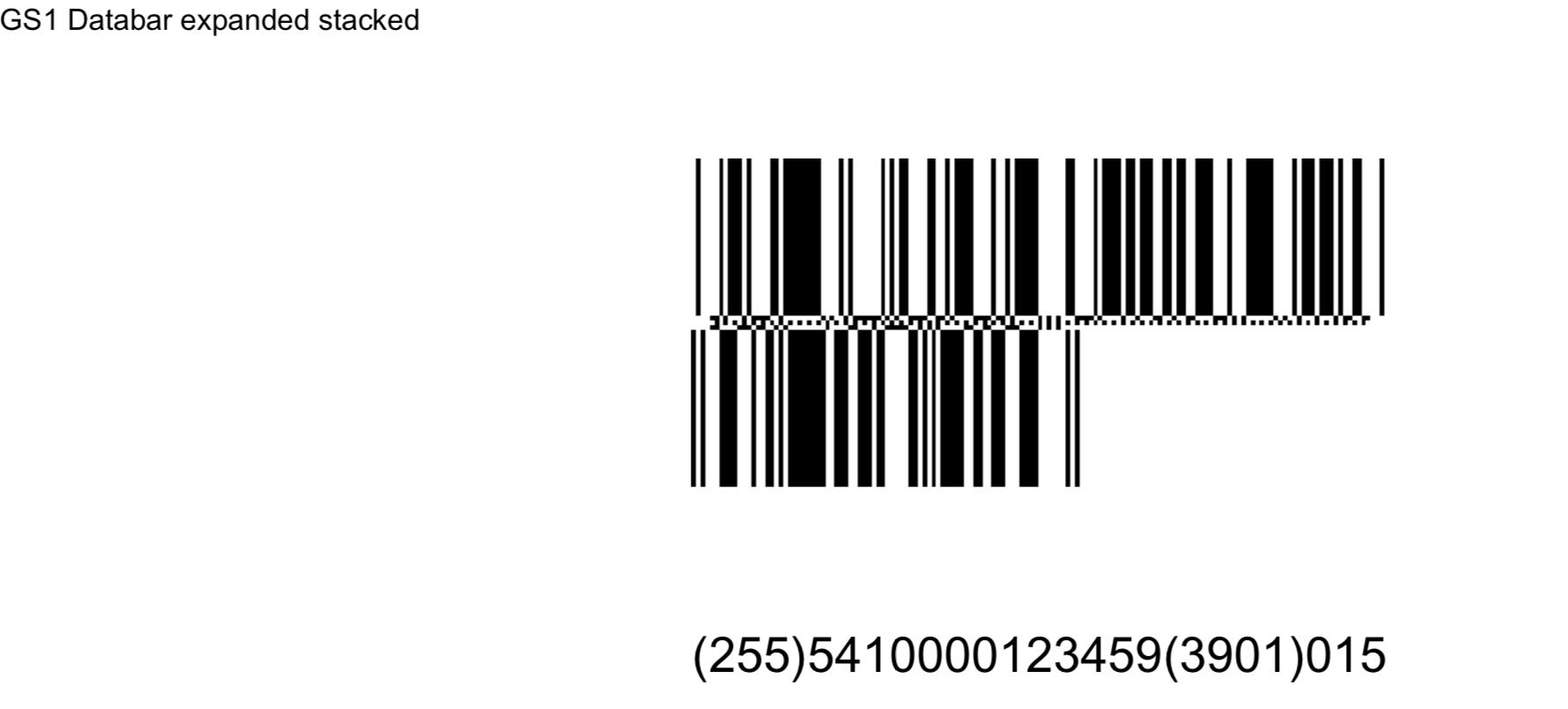GS1 codes and barcodes
Productlabel is designed to easily assign, record and share GS1 codes. Which code you need, depends on various factors such as your product and the specifications set by your customer. Once you know which code you need, you’ll be able to determine which (GS1) barcode symbology fits best to encode it.
The Productlabel team is happy to help you make the proper choice for your situation. To help you get started we compiled a short list of codes and barcodes, which can all be generated using our label management SaaS software. Our GS1 barcode generator can swiftly turn your GS1 codes into scannable barcodes.
The most used GS1 code: EAN-13
 This 13-digit code also known as a GTIN-13 is the code most commonly used to identify products. GTIN is an abbreviation for Global Trade Item Number and exists in various lengths. Almost all products for sale, offline and online, must be assigned their own EAN-13 code. After translating the code into a barcode, your products can be identified with a simple scan.
This 13-digit code also known as a GTIN-13 is the code most commonly used to identify products. GTIN is an abbreviation for Global Trade Item Number and exists in various lengths. Almost all products for sale, offline and online, must be assigned their own EAN-13 code. After translating the code into a barcode, your products can be identified with a simple scan.
Small products? Ean-8
For products too small to properly display an EAN-13 code, there’s an alternative. The EAN-8 code (also referred to as GTIN-8) is a shorter variant of the EAN-13 and it’s available for products where the total of printable area is smaller than 80 cm2. You’ll find these EAN-8 codes with matching barcodes typically on products such as chewing gum, pencils and small cosmetics.
Exporting your products to USA / Canada? UPC code
Clients located in the US and / or Canada could request a UPC-A Code. This code, otherwise described as a GTIN-12, is 12 digits long. It’s used for products sold through retail and wholesalers in the US and Canada, such as Amazon.
Coupons for your products: GS1 Coupon codes
GS1 has a special code for coupons called a GCN: Global Coupon Number. The GCN is normally encoded together with a monetary value for discounts, a percentage discount or loyalty points.
Encode your Assets with a GIAI
GIAI is an abbreviation for Global Individual Asset Identifier and this code is used to uniquely identify assets.
Shipping units receive a GS1 Shipping code: SSCC
For traceability in the logistic chain, a shipping unit can be uniquely identified with an SSCC: Serial Shipping Container Code.
Barcode symbology
Knowing which code to use is only half the battle; next is determining the optimal barcode to display this code in. To assist in your choice; here’s a brief overview of some of the more used barcodes. Need a barcode not in the list? Not a problem, Productlabel supports almost all possible barcodes.
Scanning at retail? EAN-13
The EAN-13 symbology is designed to hold its namesake code and is the barcode most commonly scanned at retail end points such as grocery shops. It’s also the code scanned for online sales. In need of this barcode? Try our Productlabel GS1 barcode generator generator for free and generate an EAN-13 barcode.
EAN-8 Symbology
 If your product is too small to hold an EAN-13 barcode, and you’ve received special EAN-8 codes from GS1, this is the symbology to use. The EAN-8 barcode is used in the same situations as the EAN-13.
If your product is too small to hold an EAN-13 barcode, and you’ve received special EAN-8 codes from GS1, this is the symbology to use. The EAN-8 barcode is used in the same situations as the EAN-13.
Scanning in the logistic chain? Choose the GS1-128 symbology
An SSCC (GS1 shipping code) should be encoded in the GS1 128 symbology. This symbology can be scanned during the entire logistic process and is suited to encode information alongside the shipping code. An example of this would be the product code of the product present on the unit. Curious as to what an SSCC label would look like? Head on over to palletlabel.com and generate one using our demo.
Overpacks? ITF-14
If the code is printed directly on an (cardboard) overpack, the ITF-14 symbol is an excellent choice to encode the box product code.
Variable data? GS1-128, GS1 DataBar or a GS1 DataMatrix.
 When it comes to encoding variable data such as a serial number or an expiration date, the barcode of choice needs to have a variable length. The most common options are:
When it comes to encoding variable data such as a serial number or an expiration date, the barcode of choice needs to have a variable length. The most common options are:
- GS1-128; GS1-128 is usually applied for logistic scanning. It can be found on pallets (SSCC labels), boxes and overpacks.
- GS1 DataBar; Most commonly used for fresh products in the agriculture sector. It’s also a good match for global coupons: GCNs.
- GS1 DataMatrix; This 2D barcode is seen most often in the healthcare. It’s exceptionally suited for encoding large amounts of data on small surfaces.
Would you like to generate a GS1 DataMatrix label yourself? Please use our 2D code label generator.
Assets
The GIAI code can be encoded in an GS1-128 or, more often, in a GS1 DataMatrix.
Productlabel can help you choose
Whatever your choice, Productlabel can generate all these codes with a matching barcode symbology. We’re happy to be of assistance.